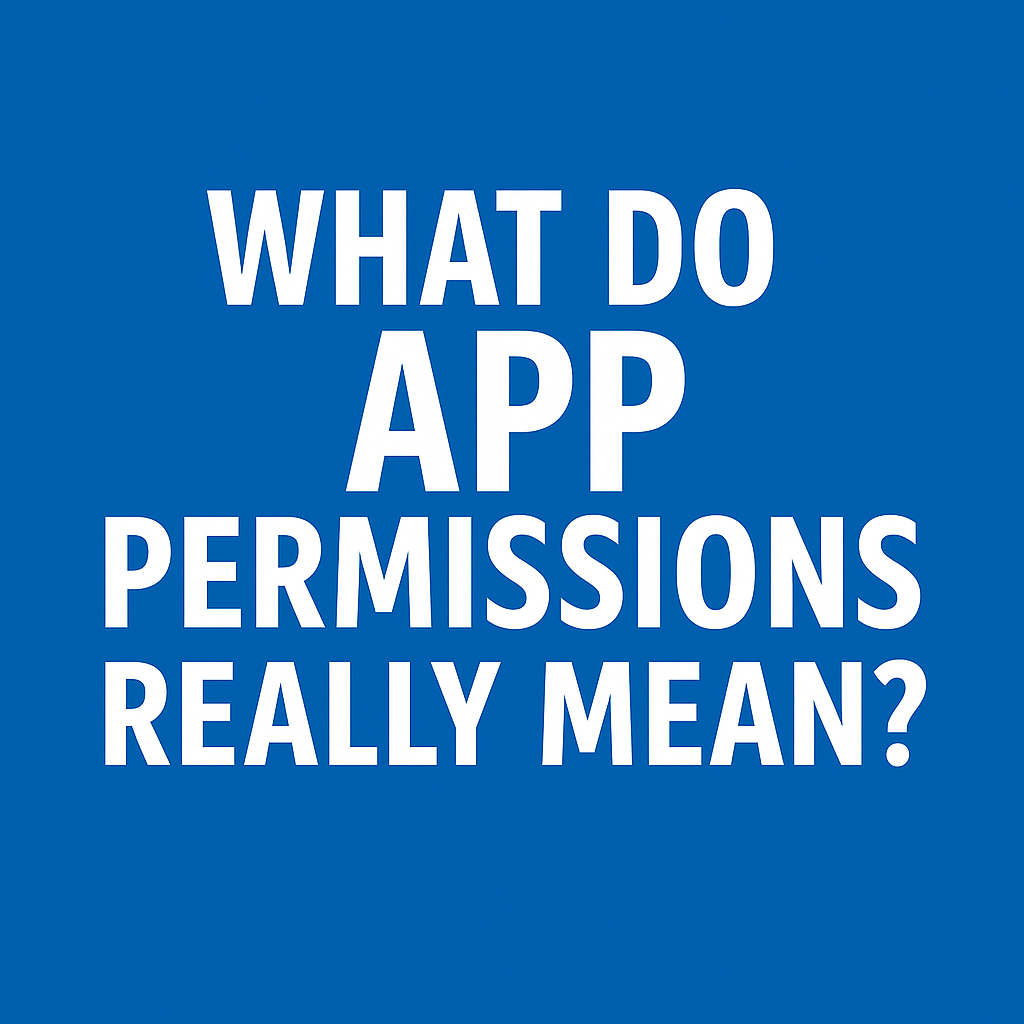When we think of smartphones today, we imagine sleek, powerful devices that fit in our pockets and connect us to the world in countless ways. But how did it all begin? The story of the smartphone—the device that revolutionized communication and reshaped society—traces back to the early 1990s.
The IBM Simon: A Visionary Device Ahead of Its Time
The first device widely considered a smartphone was the IBM Simon Personal Communicator, unveiled in 1992 and released to the public in 1994. Though it might seem rudimentary by today’s standards, the IBM Simon laid the groundwork for the devices we now rely on.
Features That Made the Simon Revolutionary
The IBM Simon combined the functionalities of a mobile phone and a personal digital assistant (PDA), making it the first true convergence device. Here are some of its groundbreaking features:
- Touchscreen Interface: Simon featured a monochrome touchscreen, which allowed users to navigate with their fingers or a stylus—a precursor to modern smartphone interfaces.
- Applications: It came with built-in apps such as a calendar, address book, notepad, and email client, as well as a predictive typing feature.
- Fax and Email Capabilities: In addition to voice calls, Simon could send and receive faxes and emails, a revolutionary feature at the time.
- Portability: Although large and bulky by today’s standards (weighing about 500 grams), it was considered portable and innovative in the early 1990s.
The Impact and Challenges
While the IBM Simon was groundbreaking, it wasn’t a commercial success. Priced at $899 (approximately $1,700 today when adjusted for inflation) and with a battery life of just one hour, it faced significant limitations. Additionally, the technology infrastructure of the time was not robust enough to support the full potential of the device.
Despite its commercial challenges, the Simon Personal Communicator sparked a wave of innovation, inspiring future designs and ideas. It paved the way for more advanced devices like the Nokia 9000 Communicator, BlackBerry phones, and eventually, Apple’s iPhone in 2007.
Legacy of the First Smartphone
IBM Simon’s importance lies not in its sales figures but in its vision. It introduced the concept of a multifunctional device that combined communication and productivity. By breaking traditional boundaries, it demonstrated what was possible and set the stage for the rapid technological advancements that followed.
Final Thoughts
This is undoubtedly a device I had never encountered before. Of course, I was just a child then, and no one in my family possessed a cell phone.
What was the first smartphone that you owned? Share your thoughts in the comments below!



